 |
 |
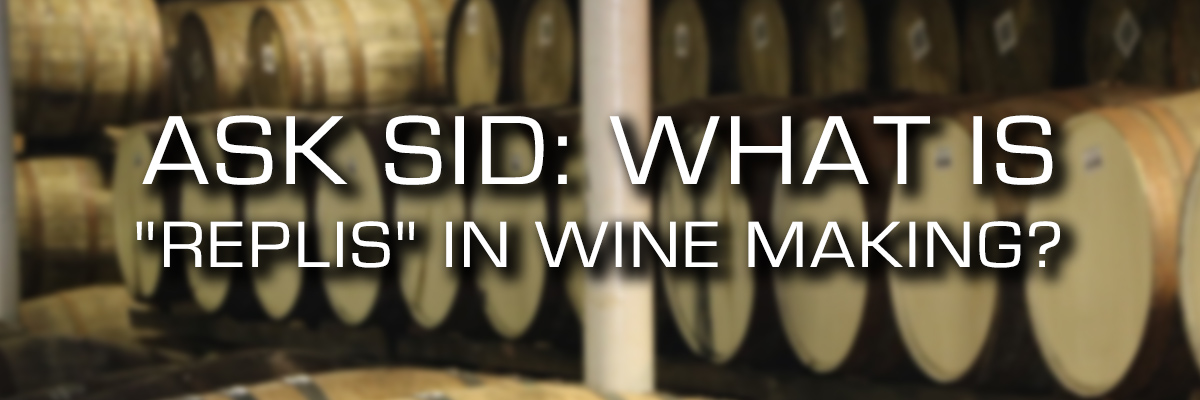
Question: What does Replis mean in wine?
You might also like:
 |
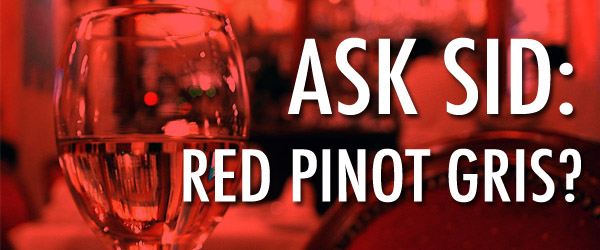 |
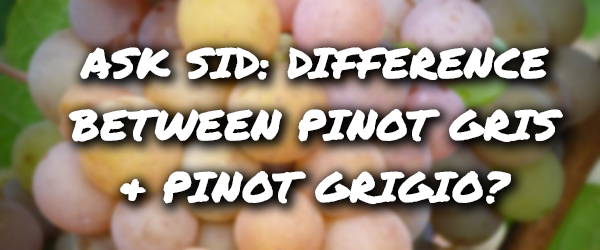 |
 |
 |

Question: What does Replis mean in wine?
You might also like:
 |
 |
 |
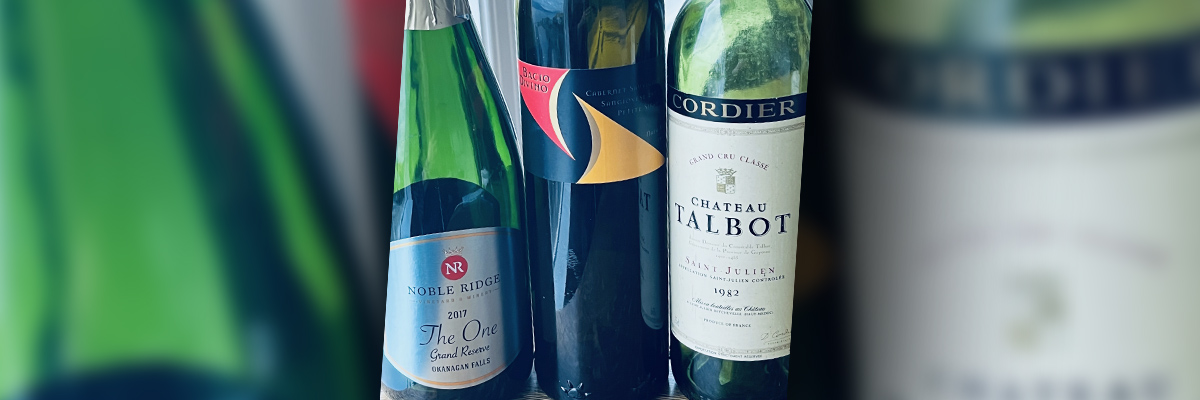
Your scribe is fortunate to enjoy a diverse wide range of mature wines. Sometimes your expectations exceed the actual results. Other times less frequently the anticipation is met by an over delivery of delightful complexity. This past week was a the lottery win with three very different bottles all showing outstanding quality. My enthusiastic brief comments follow:
NOBLE RIDGE VINEYARD & WINERY THE ONE GRAND RESERVE SPARKLING 2017:
British Columbia are making some unsung excellent Sparkling wines. Pioneered by the dependable Blue Mountain Vineyard and Cellars there are now several top quality Sparkling producers. One of my favs is Noble Ridge in Okanagan Falls owned by conscientious Leslie & Jim D’Andrea and with the now Chief Operating Officer Benoit Gauthier but still the inquisitive talented Director of Winemaking & Viticulture. They all strive to produce the finest quality and have succeeded with this Sparkling wine. This first one produced in 2017 as a Grand Reserve is a step up from their regular dependable “The One”. Also check out their 2020 The One 20th Anniversary Sparkling plus 2021 The One Blanc de Blanc. Like how they picked the 2017 vintage of 78% Chardonnay and 22% Pinot Noir at low 18 Brix sugar but with defining unique terroir using Methode Traditionnelle en Tirage for 66 months at 12.1 abv with only 2.5g/l residual sugar for 165 cases. Others like it too as Katherine McEachnie, Master of Champagne, gave it 100 points as “truly exceptional – It is refined, elegant and finessed”. Your scribe appreciated the rich nutty balanced flavours with long lees aging complexity that was delightful both as an aperitif but also a wonderful pairing for a sardine pasta with sweet leeks, crisp celery, and toasted bread crumbs. Congrats! More of the same please.
BACO DIVINO NAPA VALLEY 1999:
Bacio Divino Cellars (“Divine Kiss” in Italian) is a small family owned Napa Valley winery of Winnipeg Canada transplant friend Claus Janzen who has a passion for top wine doing stellar marketing for 12 years at Caymus before his own first release in 1993. This 62% Cab Sauv is blended with 28% Sangiovese & 10% Petite Sirah was a bit disjointed early on but the three grapes have now come together magically for my last bottle. There is a Napa Cab Sauv signature here but further enhanced by the savoury smooth softer Sangiovese. Almost similar to a Cab Sauv Ornellaia with Merlot/CF/PV in the blend while here using Sangiovese & Petite Sirah coming in at 14/1 abv. Like the back label note of “Contains Some of the Winemaker’s Heart & Soul”. So true and has aged to surprising delightful drinking. Matched perfectly with a fresh local hand made meatball course with tomato and chickpeas. Baco Divino are now making some really outstanding wines using quality fruit from top vineyards as highlighted in this article here. Well done Claus & family.
CHATEAU TALBOT SAINT-JULIEN 1982:
This celebrated vintage stored well is showing brilliantly for many Bordeaux chateaux at 40+ years of age. Shows you how important it is to be vintage aware and collect these top years for later drinking. Talbot a Fourth Growth 1855 classification from Cordier was in these old days cheaper and usually playing second fiddle to their Second Growth big sister Gruaud Larose St. Julien – those 1982 and 1986 are also outstanding and more structured. Really appreciate how this value wine has developed and stayed on a beautiful drinking plateau (as has the 1986). It shows classic textbook pure bouquet of cedar cigar box lead pencil with intriguing leathery floral notes. So delicious and singing fully sweet, rich and balanced with a Penne Pasta Bolognese main course. Buy a current top vintage of Bordeaux from a value property and wait a few years (maybe not 40) to treasure this rare experience. Really a delightful surprise!
You might also like:
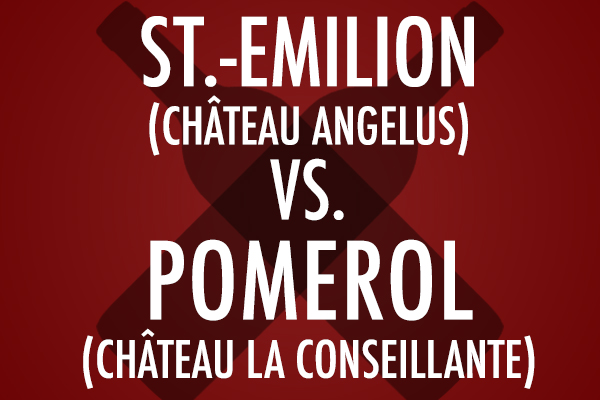 |
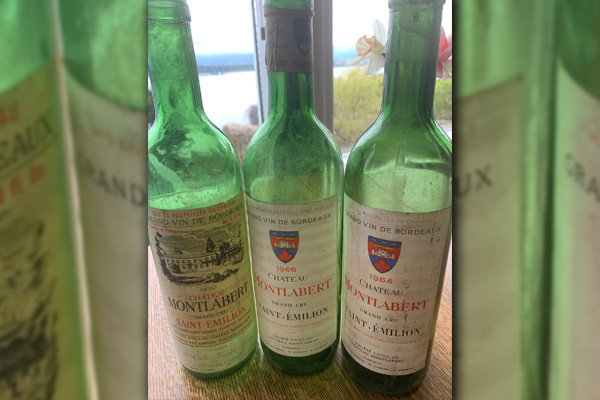 |
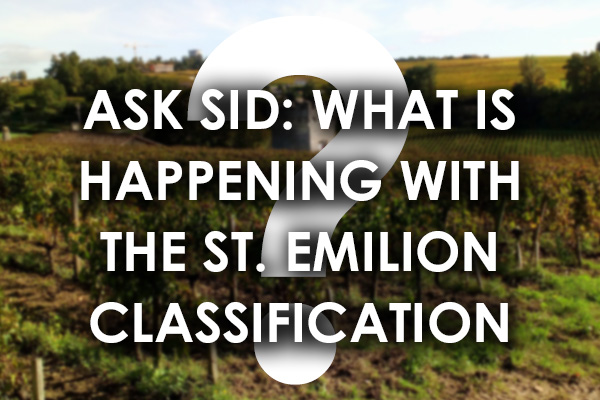 |
 |
 |
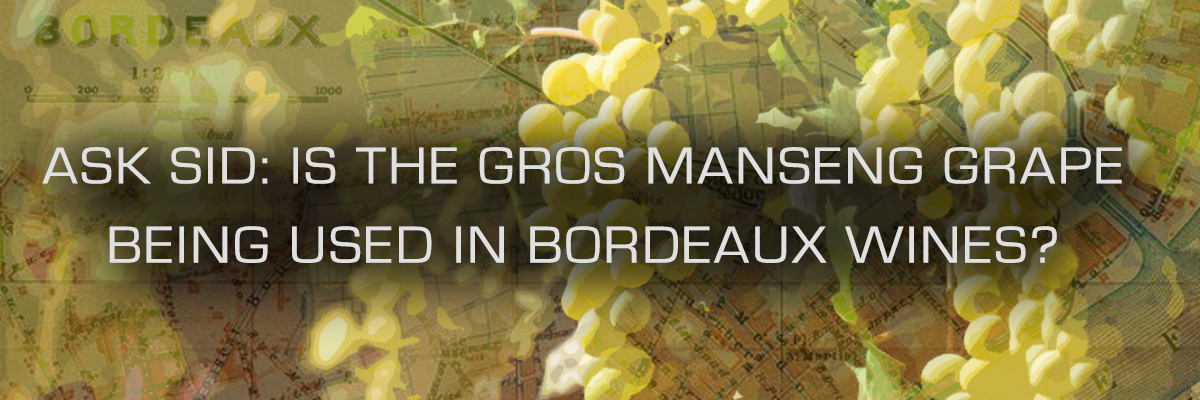
Question: Is the Gros Manseng grape being used in Bordeaux wines?
You might also like:
 |
 |
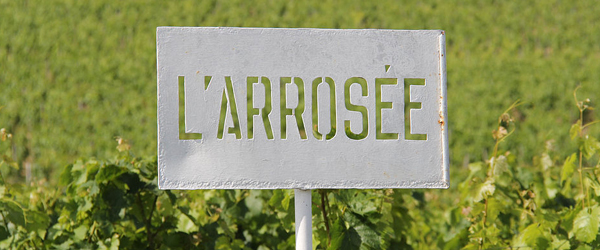 |
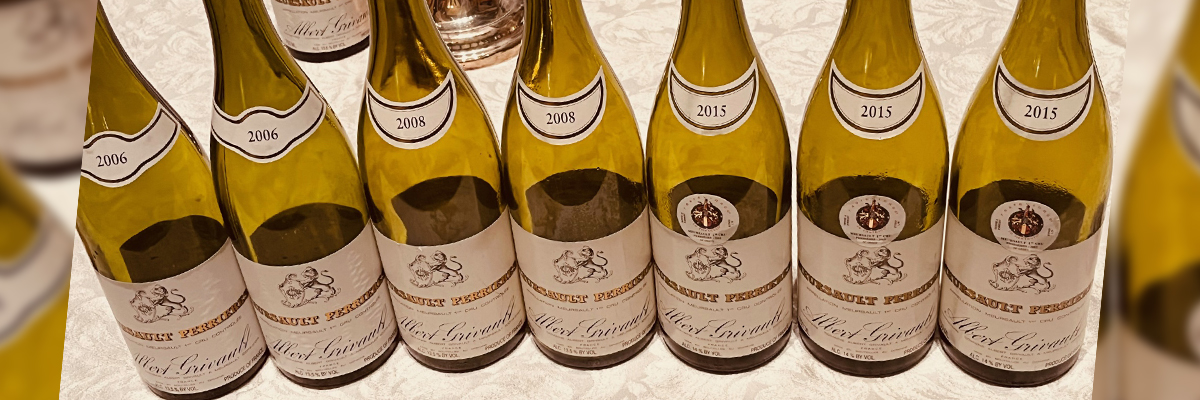
How best to select wines to pair with food courses is a source of many opinions and much debate. Recommendations have evolved because of the high cost of traditional wine pairings plus the now available interesting wide selection of quality wines from around the world. Many diners prefer at dinner simplifying the presentation to just one wine to enjoy with the dish served emphasizing more social interaction. Wine groups sometimes organize an event with a wine theme resulting in an educational tasting of many wines at either a vertical or horizontal. Another fine choice is the mini vertical or horizontal allowing the diner to study and compare two or three similar wines. The Sous-Commanderie de Vancouver of Confrerie des Chevaliers du Tastevin has brilliantly achieved this at two consecutive events. Kudos for most smartly chosen wines by new Grande Senechale Dr. Christine Collison and Cellarmaster Blair Curtis at both the annual wine & cheese soiree (reported last year on March 18, 2024 here) on March 5, 2025 and Tavola restaurant combining French wines with Italian cuisine on April 8, 2025.
Your scribe really appreciated the opportunity to experience the vintage variations of the same wine. A few comments:
At Wine & 16 Cheeses:
MEURSAULT PERRIERES 1ER CRU ALBERT GRIVAULT 2006, 2008, 2015:
Really like the complexity and aging ability of this excellent vineyard – especially in 2014. Here instructional to compare hotter year 2015 at higher 14 abv with less acidity but full rich extract opulent style drinking forwardly but no rush – seems more like the rounded power of Charmes; Cooler 2008 smaller pour as one bottle was maderized showing best with lighter elegance better balanced acidity with subtle minerals almost Genevrieres in style; Exotic 2006 more maturity with tertiary complex bouquet with richer depth on best plateau now.
CLOS VOUGEOT GRAND CRU of different producers from 3 vintages:
Not top vintages but all showed better than expected approaching best plateau for current enjoyment.
2007 DOMAINE GROS FRERE ET SOEUR “MUSIGNI”:
Variable year but lovely clean elegant and stylish from a key vineyard north of the Chateau with major mid-1980s replanting.
2006 ALAIN HUDELOT-NOELLAT:
Vintage that required careful sorting because of rot. But here with a property south of the Chateau shows the darkest biggest solid most fruit of these three. No outstanding 2005 in this flight but this surprises evolving rather nicely with balance.
2004 DOMINIQUE LAURENT:
Controversial “lady-bug” year often with those flawed green vegetal notes but wine better than many 2004 red Burgundy. Lacks ripe fruit and finishes rather dry but OK with food.
At Tavola excellent Italian dinner by Chef Wesley Weber and brigade:
Underated Vaulorent vying with Montee de Tonnerre for best 1er Cru Chablis. At southern end of large 130 hectare Fourchaume are 13+ hectares of Vaulorent adjoining Grand Cru Les Preuses. A rich full complex Chablis especially from William Fevre.
2008 CHABLIS VAULORENT 1ER CRU DOMAINE WILLIAM FEVRE:
All their Fourchaume vineyards are in the prized Vaulorent section. Shows lightest youngest green tinged look. Wonderful fresh minerals and vibrant lift. Could be a bit fuller perhaps but excellent typicity. Clear winner!
2009 CHABLIS VAULORENT 1ER CRU JEAN-MARC BROCARD:
Dark yellow golden look from hot year. Very mature. Rich ready soft lacking needed acidity. Drink up.
2015 CHABLIS VAULORENT 1ER CRU DOMAINE LOUIS MICHEL:
Top producer since 1850 but hot year has advanced dark look with the opulence of Vaulorent but more “Macon-like” fruit.
Shows you to collect for aging the better balanced vintages like 2010, 2014, 2017, and 2020.
POMMARD LES GRANDS EPENOTS 1ER CRU DOMAINE MICHEL GAUNOUX 1999, 2001, 2002
Misleading names like in Echezeaux & Grands Echezeaux. Here Les Grands Epenots is smaller than Les Petits Epenots and refers to the grander longer length of the vine rows.The most elegant Pommard is between the two as the monopole of Comte Armand in Clos des Epeneaux. Wines show their vintages well here from the largest holdings of Domaine Michel Gaunoux.
1999: Darkest deep look. Dense concentrated fine tannins. Intense age worthy and very Pommard. Patience.
2001: Less ripeness. Lighter colour open & developed at 24 years. Easy current drinking now.
2002: Consistent surprising year. Like the elegance and charm of the red cherries fruit.
2000 NICOLAS POTEL – Compare same vintage and producer who picked later in 2000 from different vineyards:
CHAPELLE-CHAMBERTIN: Does better in cooler years (opposite of Latricieres). Pretty clean without rot but less acidity than some 2000s with earthy softer and supple textures.
MAZIS-CHAMBERTIN: Way more fruit depth and rich complexity of this vineyard shows through. Prefer the structure and the power of Mazis.
Thanks for the experiences.
You might also like:
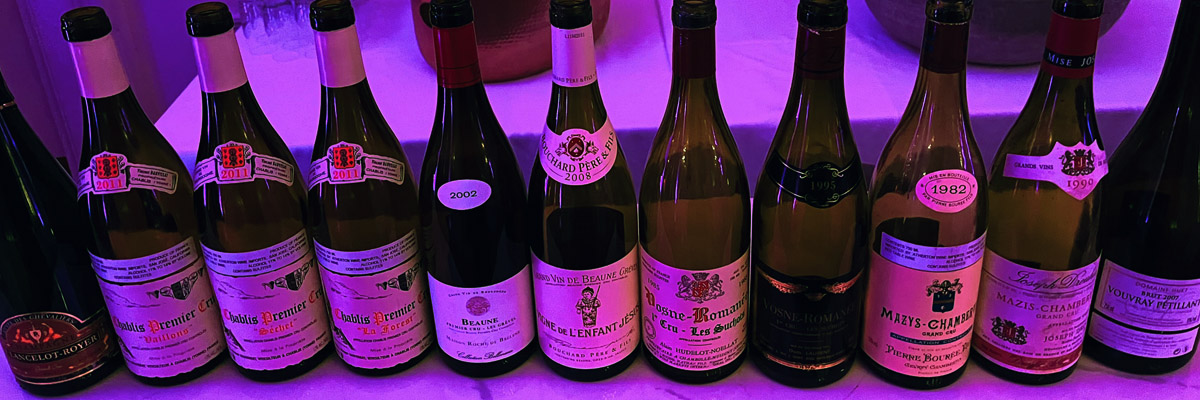 |
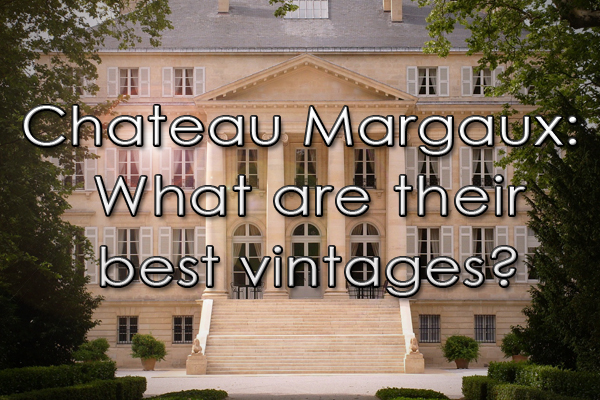 |
 |
 |
 |

Question: What is Corpinnat?
Answer: The highest classification collective brand of eleven wineries since 2019 producing Spanish Sparkling wine only with organic hand-harvested grapes from the Penedes region of Catalonia, applying stricter rules using the “Champagne Method” (methode champenoise), including longer minimum aging times of 18 months on the lees. These rules differentiate it from Cava DO (since 1986) and Classic Penedes DO (since 2014). They also use the following sugar content categories: Brut Nature, Extra Brut, Brut, Extra Seco, Seco, Semiseco, and Dulce. Try one.
You might also like:
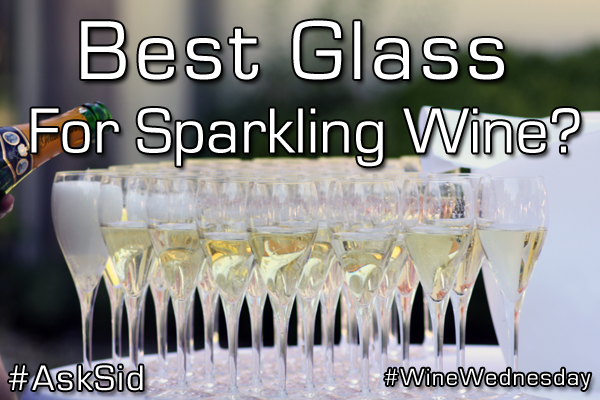 |
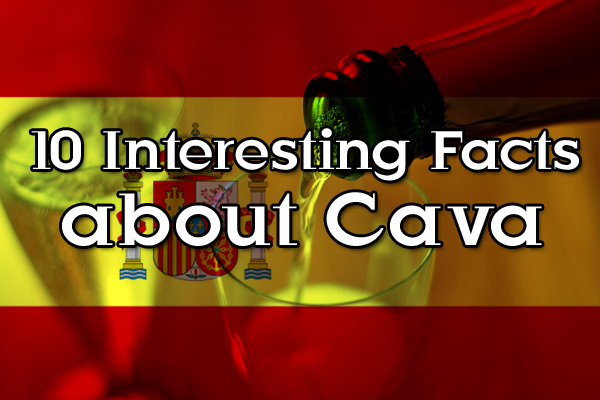 |
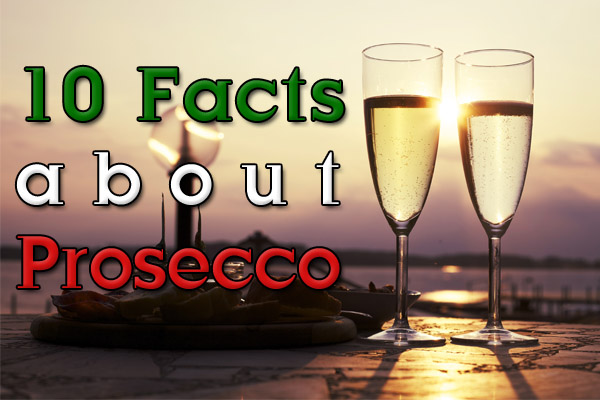 |